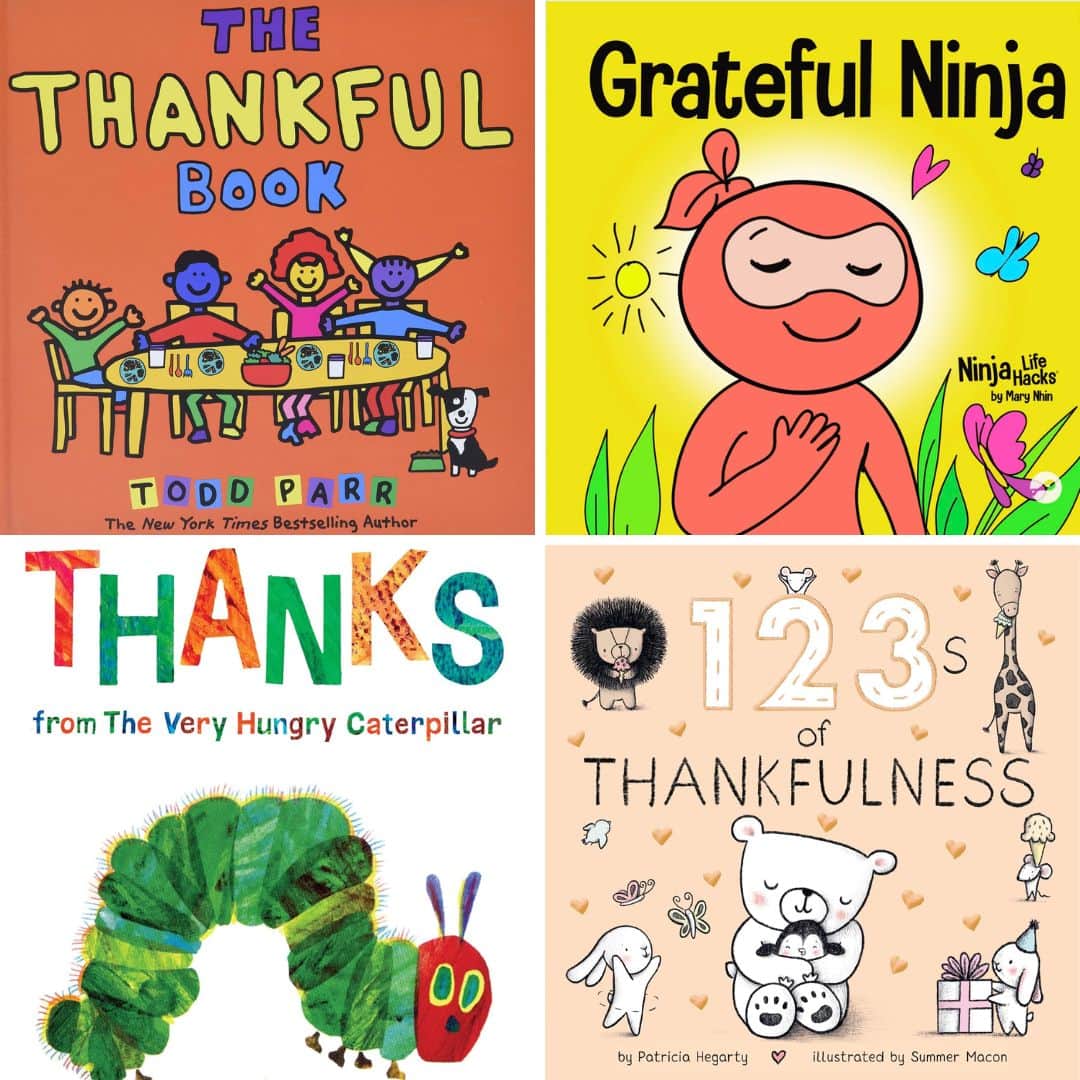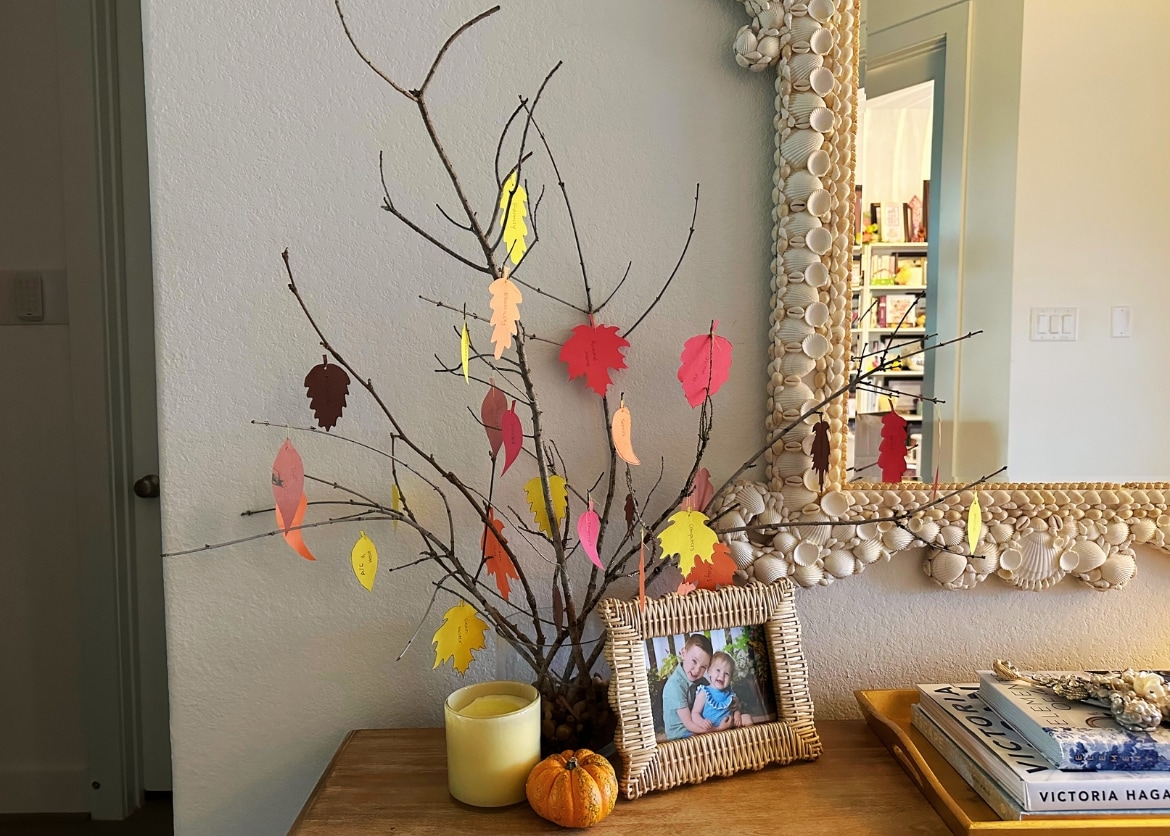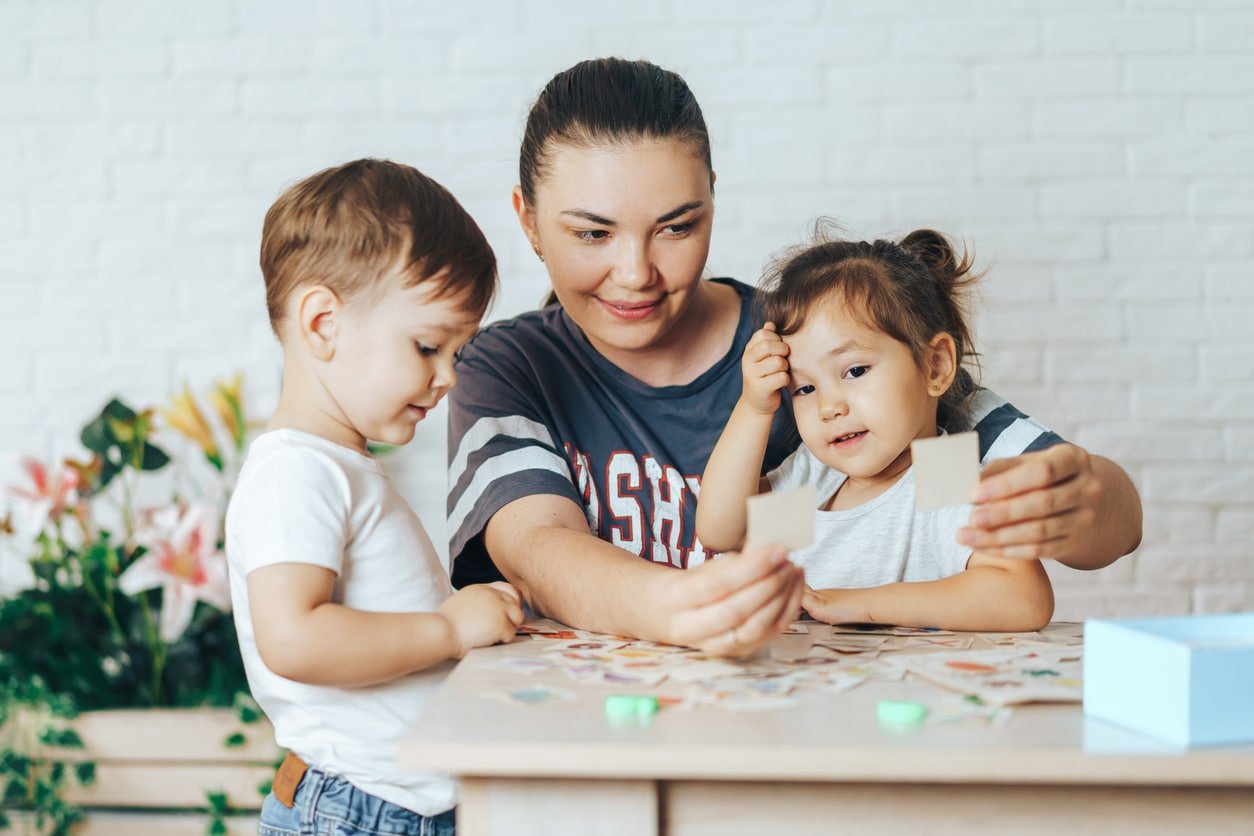
For parents of young children, the concept of gratitude holds profound significance. Derived from the Latin word “gratia,” which embodies grace, graciousness, and gratefulness, practicing gratitude exercises invites us to appreciate the world that surrounds us wholeheartedly.1
Research indicates that various social factors, such as religion, cultural influences, and parenting styles, may significantly shape an individual’s inclination to experience gratitude.2 Consequently, as a parent, you can mold your children’s perception of the world. While it’s impossible to shield them from life’s inevitable challenges, sorrows, and demanding situations, you can contribute to their development as more appreciative and resilient adults, better equipped to navigate life’s significant moments.
Why Are Gratitude Exercises Important for Children?
According to research, gratitude exercises appear to be linked with numerous individual advantages. These advantages encompass improved physical and psychological well-being, heightened happiness and life satisfaction, and reduced materialism. Additionally, a handful of studies suggest a potential correlation between gratitude and better overall health, with evidence suggesting that cultivating gratitude can also foster healthier lifestyles and encourage the adoption of beneficial habits.2
At first, you may think gratitude exercises and practicing gratitude with your kids are solely for their benefit. But Stephanie De La Cruz, LMHC, RPT-S, a Center for Child Counseling clinical supervisor, explains that instilling this life-shaping lesson from a young age benefits everyone in your home.
“The emotional well-being of the child increases, the emotional well-being of the receiver increases, and the relationship between them strengthens through what is called serve and return,” De La Cruz says. “A child’s warm and responsive relationship with a caregiver is fundamental to healthy brain development.”
Introducing gratitude exercises to children enables them to develop a strong sense of self and an appreciation for the gifts in their lives from a young age. This is a tool they can develop and carry with them throughout life and into adulthood.
How To Teach Kids To Be Grateful
Teaching gratitude exercises to young kids is a valuable endeavor for parents, and there are effective strategies to help instill this essential quality. Experts suggest that one of the most impactful approaches is for parents to lead by example.
“Children at this age are like sponges, soaking up everything we say and do,” explains De La Cruz. “They keenly observe both verbal and nonverbal cues and rely on their caregivers to understand how to react in different situations. Therefore, it’s essential to start by showing gratitude toward your child.”
For instance, parents can initiate gratitude lessons by verbally expressing their appreciation for various aspects of their child and the activities they enjoy together. By articulating how happy it makes you when you read together or by thanking them for using good manners during dinner, you reinforce positive behavior that your child will naturally emulate.
Another effective gratitude exercise strategy De La Cruz recommends is incorporating age-appropriate books that illustrate or discuss gratitude.
“Young children are visual learners with concrete thinking,” she notes, “so having a tangible item like a picture book can be incredibly helpful. These books can be read repeatedly, further reinforcing the message.” Here are some examples of books that teach gratitude:

- “The Thankful Book” by Todd Parr
- “Grateful Ninja” by Mary Nhin
- “Thanks from The Very Hungry Caterpillar” by Eric Carle
- “1, 2, 3s of Thankfulness” by Patricia Hegarty
By incorporating these gratitude ideas, parents can nurture the seeds of gratitude in their toddlers, helping them develop a lifelong appreciation for the world around them.
Create a Gratitude Tree

A gratitude tree is a wonderful and interactive way to cultivate gratitude with kids. Here’s a step-by-step guide on how to make one.
You’ll need:
- Sticks gathered from outside
- A vase, a sturdy plastic cup, or a tall jar
- Construction paper (for cutting out leaves) or real leaves
- A marker
- A hole punch
- String
- Sand or small rocks
Instructions:
1. Gather sticks: Head outdoors with your child to collect sticks of various sizes. These will form the branches of your gratitude tree.
2. Prepare the base: Place the sticks in your chosen container. If the container feels top-heavy, use sand or rocks at the bottom to provide stability.
3. Choose a location: Involve your toddler in selecting the best spot to display your family’s gratitude tree. Opt for a high-traffic area, such as the kitchen table or entryway, where the tree can be easily seen and accessed.

4. Create gratitude leaves: Cut out simple leaf shapes from different colored construction paper. Press and dry real leaves from outside if you prefer a more natural touch.
5. Prepare the leaves: Punch a hole in each paper leaf and attach a string loop for hanging.

6. Daily gratitude: Every day for a month, take turns using the gratitude tree marker to write down something you’re thankful for on a leaf. Encourage your child to participate as well.
7. Hang the leaves: Attach the leaves to the branches of your gratitude tree. As the month progresses, your tree will flourish with leaves representing your family’s gratitude.
By the end of the month, you’ll have a beautiful and sentimental display that the whole family helped create and a visual reminder of all the wonderful reasons each family member has to be thankful. It’s a delightful way to nurture gratitude in your home and celebrate what matters most.
Try a Gratitude Exercise Game
The best children’s games are those that blend fun and education. Here are some enjoyable and effective gratitude activities for kids that can help foster gratitude and positive values. You can rotate these games or designate a special time of day or week for gratitude games to reinforce a thankful mindset.
Gratitude Memory Game

Print out or draw two pictures of things you’re grateful for. Have your toddler do the same. Then, play a memory game together where you find and match pairs of these pictures. Afterward, take turns describing why you’re thankful for each item and what makes it meaningful.
Gratitude Alphabet Game

This letter-based game adds an element of fun to gratitude. Begin with a set of alphabet letters (magnets or cards). Ask your child to close their eyes and select a letter. Then, have them share something they’re grateful for that starts with that letter. It’s a creative way to explore gratitude while enhancing language skills.
Gratitude Pick-up Sticks

This game combines color recognition, gratitude, and hand-eye coordination. Assign a gratitude-related meaning to each color stick. When your child picks up a stick, they name its color and point to the corresponding item on a sheet. Parents can read the prompt, and kids can provide the answer. The one with the most sticks wins, making it an engaging and educational experience.
By incorporating these gratitude exercises into your routine, you’ll spend quality time with your toddler and nurture a sense of appreciation and positive values that will benefit them throughout their lives.
Hold a Gratitude Scavenger Hunt
Is your little one feeling a bit down and needing a mood boost? Here’s an active way to encourage gratitude and lift their spirits. Gratitude scavenger hunts are enjoyable and get your child moving outside. However, you can adapt them for indoor play, road trips, or even in-store activities when the weather isn’t favorable. These hunts are designed to help your child engage all their senses and discover the things in their immediate environment for which they are thankful. Here’s how to host a gratitude scavenger hunt:
- Get moving: Head outdoors, and if that’s not possible, find a suitable indoor space. The car on a road trip or store can work in a pinch.
- Engage the senses: Encourage your child to use their senses to identify things they are grateful for in their surroundings. They might hear their dog barking, smell a delicious dinner cooking, touch their favorite stuffed animal, or taste a special snack.
To get a visual idea of how to conduct a gratitude scavenger hunt, consider watching this helpful video featuring Abby Cadabby from “Sesame Street.” This activity instills gratitude and gets your child moving and interacting with their environment, making it a great way to turn a frown upside down.
Gratitude Art Projects as Exercises
Gratitude art projects encourage creativity and serve as visual reminders of thankfulness around your home. These gratitude crafts are easy to set up and require basic materials you likely already have, making them perfect for creating lasting memories.
Gratitude Rocks

Ask your toddler to select three of the best rocks they can find. Then, clean the rocks and pat them dry. Now, ask your little one to think of three things they are most grateful for in life. Maybe family, home, pets, or siblings come to mind. Let them get creative by using each rock to express each item (you can help them if they have trouble writing), and then tell them to have fun painting and decorating the rock however they’d like. Once the painted gratitude rocks are dry, display them in your family garden or a flower pot where they can see the rock often.
Thankful Turkey

This project requires construction paper, scissors, a marker, and a glue stick. Cut out a turkey figure (you can trace or print one you find online). Next, help your child write out what they are thankful for on each feather. You can also get this craft kit if you prefer it pre-made.
Flower Craft
This project also requires construction paper, scissors, a marker, and a glue stick. Ask your toddler to select their favorite color for their flower. Cut out pieces of a flower, and in the middle of the flower, write “I am grateful for.” On the petals, help your toddler write out different parts of life they are thankful for. Display the flower in your home to enjoy all year.
Any of these gratitude exercises can seamlessly integrate into your family routine. There is no need for significant restructuring; start with mealtime, wake up, or bedtime, and gradually develop these daily rituals into cherished habits for the whole family to embrace.
from Baby Chick https://ift.tt/GhfbQcN
via IFTTT


0 Comments
Please ,
Don't enter span link ...